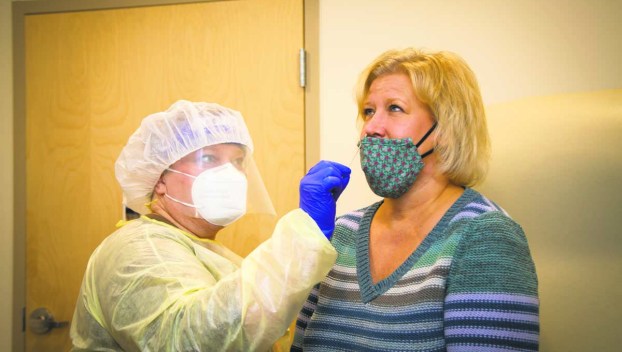
News
Cold? Flu? COVID? How to tell the difference
Think you have COVID-19 and need to be tested? Do not go to the Emergency Department. If possible, ... Read more

Think you have COVID-19 and need to be tested? Do not go to the Emergency Department. If possible, ... Read more